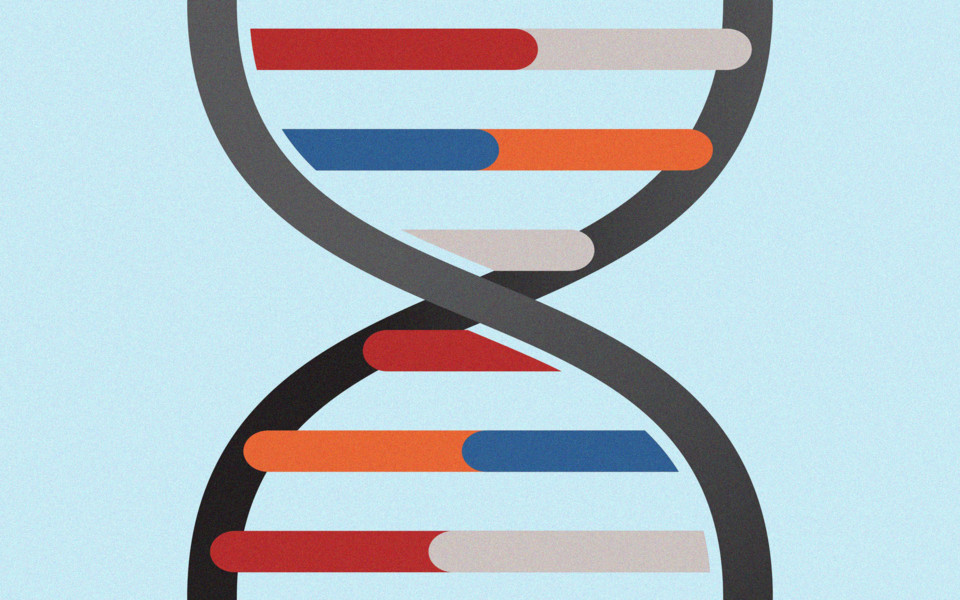New Science Could Sharpen CRISPR’s Gene-Editing Scalpel
Stay on target. That’s the mantra you hear in labs and biotech companies around the world as they snip away at DNA. All the techniques for gene editing—from the famous Crispr-Cas9 to the older TALENs and zinc-finger nucleases—share a problem: Sometimes they don’t work.
Which is to say, they have “off-target effects,” changing a gene you don’t want changed or failing to change a gene that you do. And DNA is not something you want poorly rewired. That goes double if you’re trying to make money; companies working on genome-editing based products are valued in the billions of dollars. That’s why two scientific articles published today in the journals Nature and Science are so important—they tune genome editing up.
The Nature paper chases precision at a literally basic level—the bases, the As, Gs, Cs, and Ts that are the individual units in the genetic code. Crispr-Cas9 works by slicing through the two strands of bases that spiral to create DNA’s famous double-helix. But another approach, single base editing, actually converts one base into another—since the bases pair in predictable ways, A to T and G to C, that modification flips a single genetic “bit.” Until now, scientists have only been able to change a G-C base pair into an A-T base pair…


